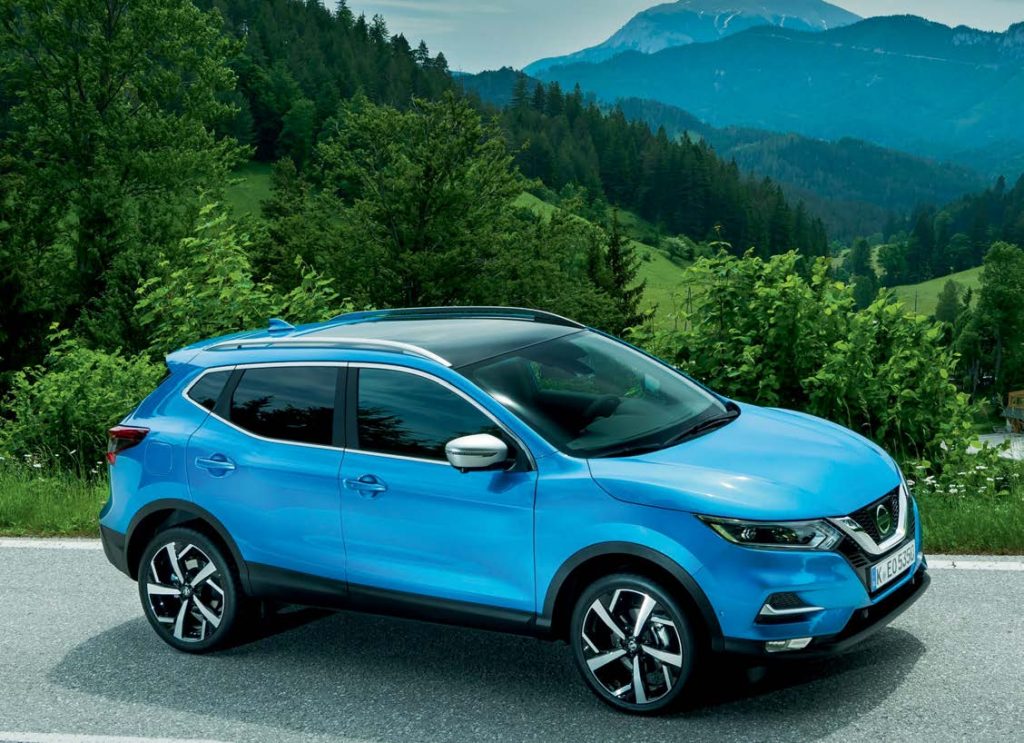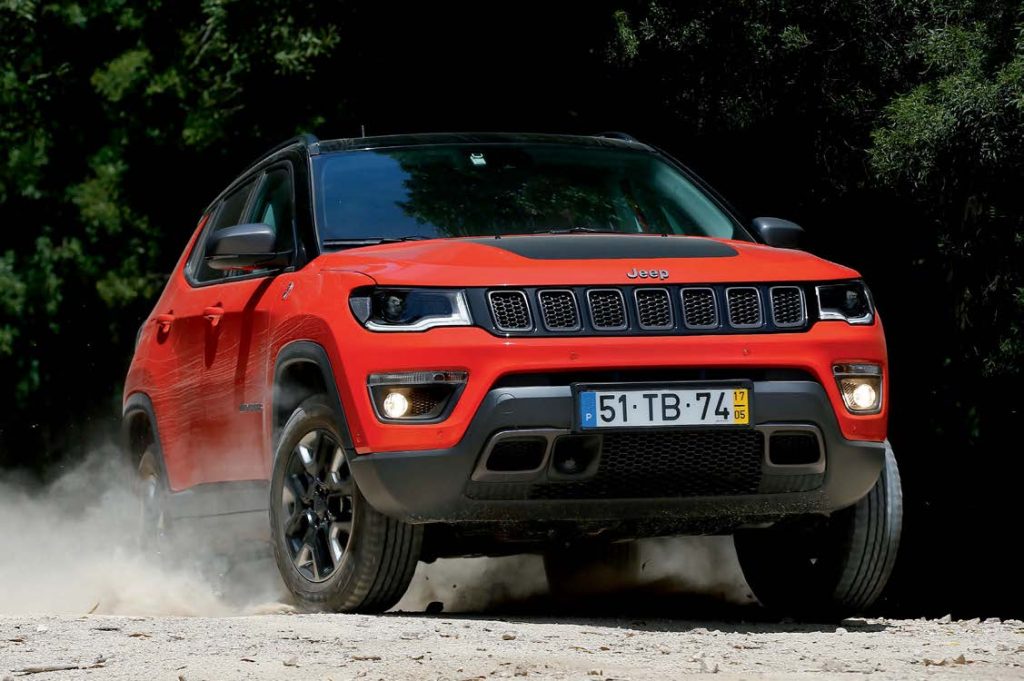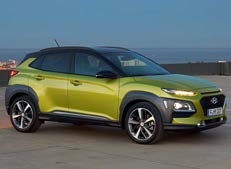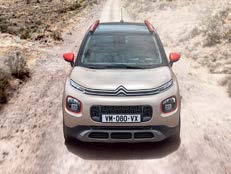Hard as it is to believe, it’s ten years since Nissan launched the vehicle that has come to define the automotive industry over the last decade. The Qashqai was the original crossover. This imitation of an SUV is Nissan’s most successful model ever in terms of European sales, with 2.3 million units sold since 2007.
But being a pioneer and ruffling the car industry’s feathers is a tricky business. How do you stay ahead of the competition? In the decade since the original Qashqai was launched, more than 20 new models have joined the party, all of them hoping to get their slice of the cake?
Currently, the Qashqai enjoys an unparalleled 10.3% market share and is the third best-selling car in Britain. But Nissan is well aware of the latest threats to surface from the superpower that is the VW Group, in particular the Seat Ateca.
This new mid-term update is pinned by Nissan as a ‘major update’, thanks to changes behind the scenes as well as the usual cosmetic refresh. The company has focused on four key areas of the vehicle: interior quality, exterior design, improving the drive and cramming even more technology in front of the customer.
The most noticeable change (and the best) is inside the cabin. Nissan is keen to steal a share of the premium clientele out there, and has made a real effort to provide a more lavish interior.
A flat-bottomed steering wheel offers a neat visual touch and an easier button layout to navigate; the eight-speaker Bose stereo system makes even your the most questionable music sound epic; and the quilted leather seats give the cabin a real touch of added luxury. All these features are found as standard on the new Tekna+ grade and are on the options list for lower trim levels.
Other more general cabin tweaks include thicker glass and better seals around the doors, with higher quality absorption material situated near the rear arches. All this, together with the new toys, has really worked. The cabin is very refined, with minimal noise intruding on occupants: and Nissan has listened to customers and delivered the extra sweeteners they say they crave.
Outside, being a smart vessel already, there was little reason to go overboard. The new Vivid Blue paint scheme lights up the car and will be a big seller, but it’s the V-shaped grille, new headlights, LED daytime running light signature and silver accents dotted around the body that provide more subtle alterations. Note also the silver door mirrors and the satin finisher on the Qashqai’s rear.
It works. In our opinion, the Qashqai is now one of the smartest cars in the compact SUV sector.
Unfortunately, the only fourwheel drive variant in the range is the 1.6-litre diesel with a manual gearbox. This means you’re also restricted to the top three trim levels – N-Connecta, Tekna and the new Tekna+ grade.
Most people will find the 1.6 diesel more than satisfactory in a vehicle of this size. But when competitors such as the Ateca offer 2.0-litre options with more power, and Nissan wants to chase the premium end of the spectrum, don’t be surprised if the 2.0 dCi unit from the X-Trail gets shoehorned into the Qashqai sooner rather than later.
Driving characteristics have improved, however, with a thicker steering shaft employed to reduce vibrations travelling up your forearms and modifications to rubber components also aiding the cause. The Qashqai feels altogether more solid than before, and it already felt solid.
In the pursuit of better handling, but without compromising comfort, Nissan has retuned the vehicle’s dampers, decreased its single wheel spring rate and stiffened up its anti-roll bars. Some of the behindthe- scenes tech like the Active Ride Control system has been reworked for improvements, while a new Active Return Control delivers a more natural feel as that stimulating new steering wheel centres itself.
On the switchback mountain roads of Austria, the end result is a car that feels composed, more assured and pointier through bends – but one which won’t have your family hurling along the way.
Technology-wise, Nissan has now added Pedestrian Recognition to its Intelligent Emergency Braking system, while Rear Cross Traffic Alert and Stand Still Assist join it as newcomers to the safety party.
The company has also been busy working on its new ProPilot system – its first steps towards autonomous driving. Due in Spring 2018, this can control acceleration, braking and steering while operating in heavy congestion or during high-speed cruising on a single carriageway. It’s only a matter of time.
The revised Qashqai has been given a boost in the right areas and will certainly continue to be a good seller. The stand-out points are the cabin and particularly its refi nement, though the space in the rear and the boot remains less generous than we’d like.
Our other concern would be that the Qashqai could do with the 2.0 dCi unit as an option to help make the most of its newly bestowed premium status. To compare it with its most commonly quoted rival, the Seat Ateca 2.0 Tdi Xcellence with 190hp, a sevenspeed DSG gearbox and 4WD costs £31,260. The equivalent Qashqai Tekna+ with the 130bhp 1.6 dCi, 4WD and a manual box costs £32,530.
Nissan has had a fantastic run with the Qashqai over the last 10 years. The company clearly wants to keep that going for the next decade, too – and believes that chasing the premium customer is a way of doing so. But it also needs to be careful not to leave those customers feeling as if they’ve paid a premium too.





